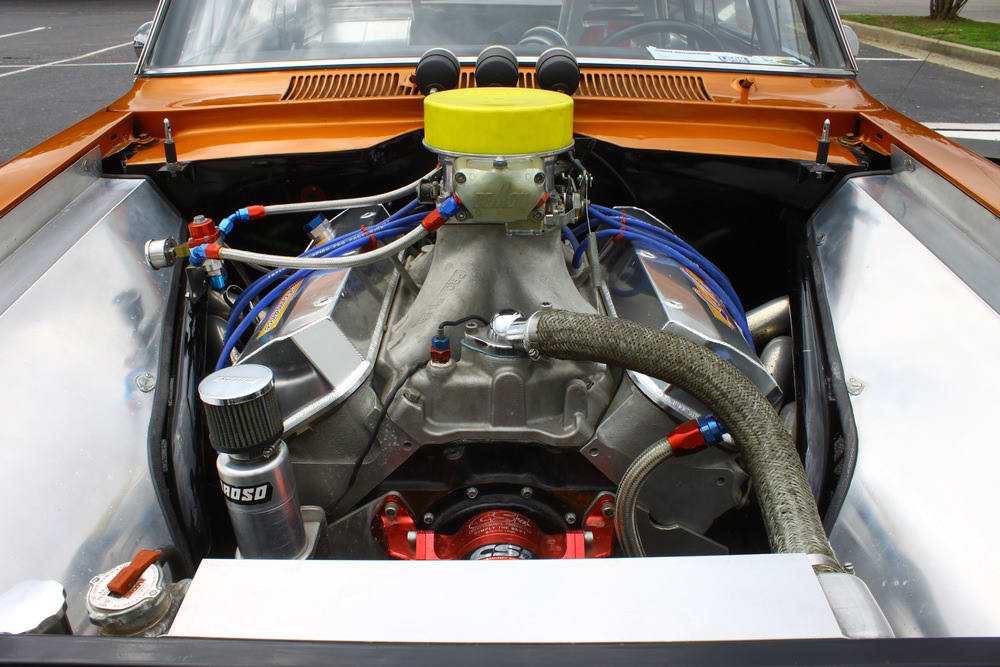

Your radiator cools your engine – coolant is pumped through the engine, where it absorbs heat, and then back into the radiator. In the radiator, the coolant dissipates the heat into the environment, and is then pumped back into the engine.
The most common problem with coolant systems is with the hoses – they should be replaced every four years or so, but most people don’t do that. They wait until a hose fails. That means replacing a hose, which requires you to know the difference between a universal hose and a molded hose.
There are actually several different types of radiator hoses, including the following:
Molded Hoses: Molded hoses are exactly what they sound like – they’re molded into a specific shape to fit the configuration of your engine without the hose kinking or contacting a piece of metal or another engine component. Molded hoses are not interchangeable with any other type, or with any other vehicle (they’re shaped to fit specific vehicles only).
Universal Hoses: These are straight rubber hoses that can be used in some applications. They’re often used for lower radiator hoses, or for heater hoses. They can be used in installations where there is no concern about the hose contacting other engine components, or kinking (moderate to no bending needed to install the hose).
Branched Molded Hoses: Some molded radiator hoses are actually branched. They have a main hose, with a smaller branched hose coming off the main trunk. These are vehicle specific, and cannot be substituted with any other type of coolant hose.
Flex Hoses: Flex hose is a “shortcut.” It’s a type of hose built to offer some flexibility and make a generic, one-size-fits-all replacement. Using these to replace a radiator hose is not recommended.



